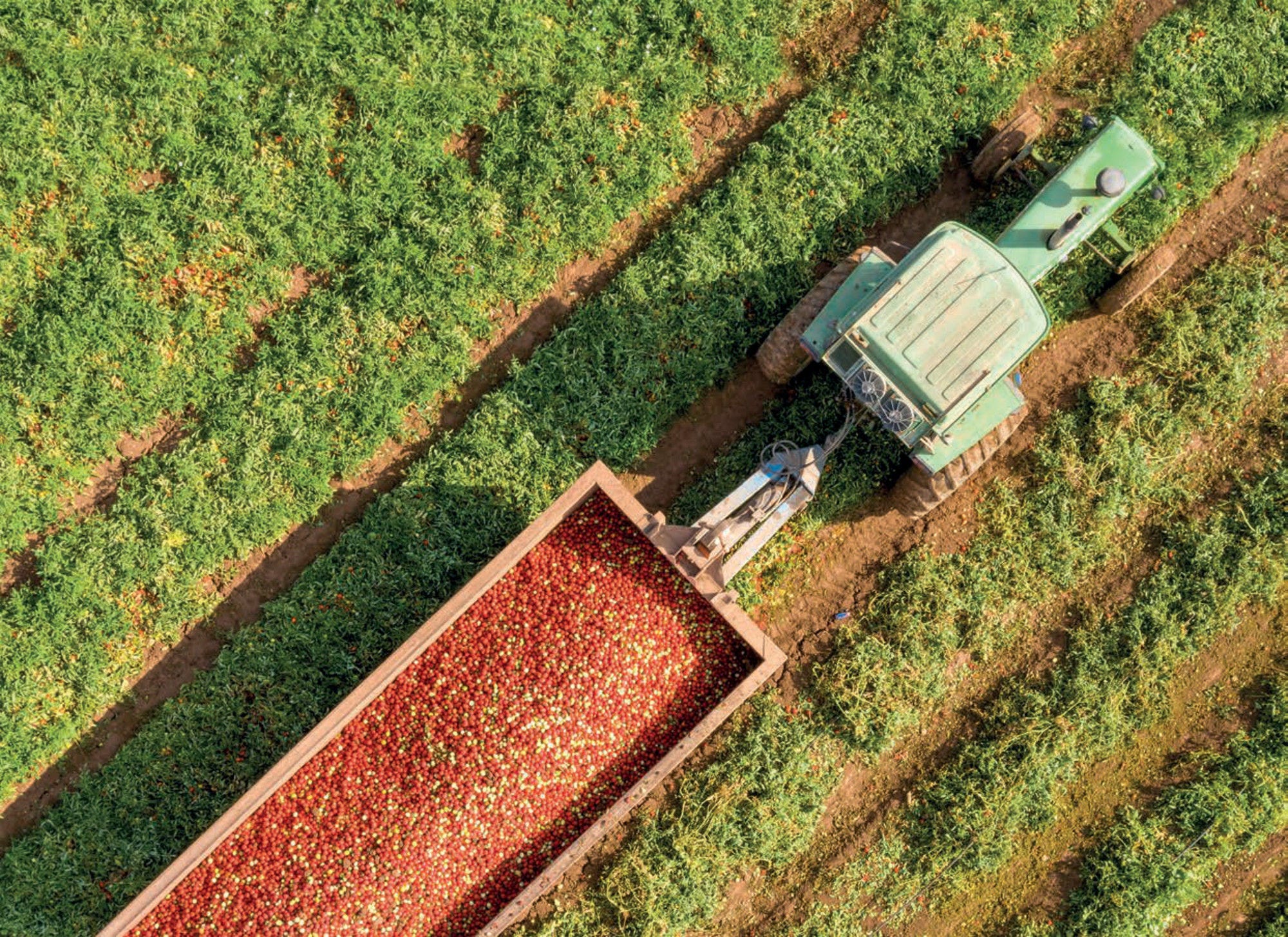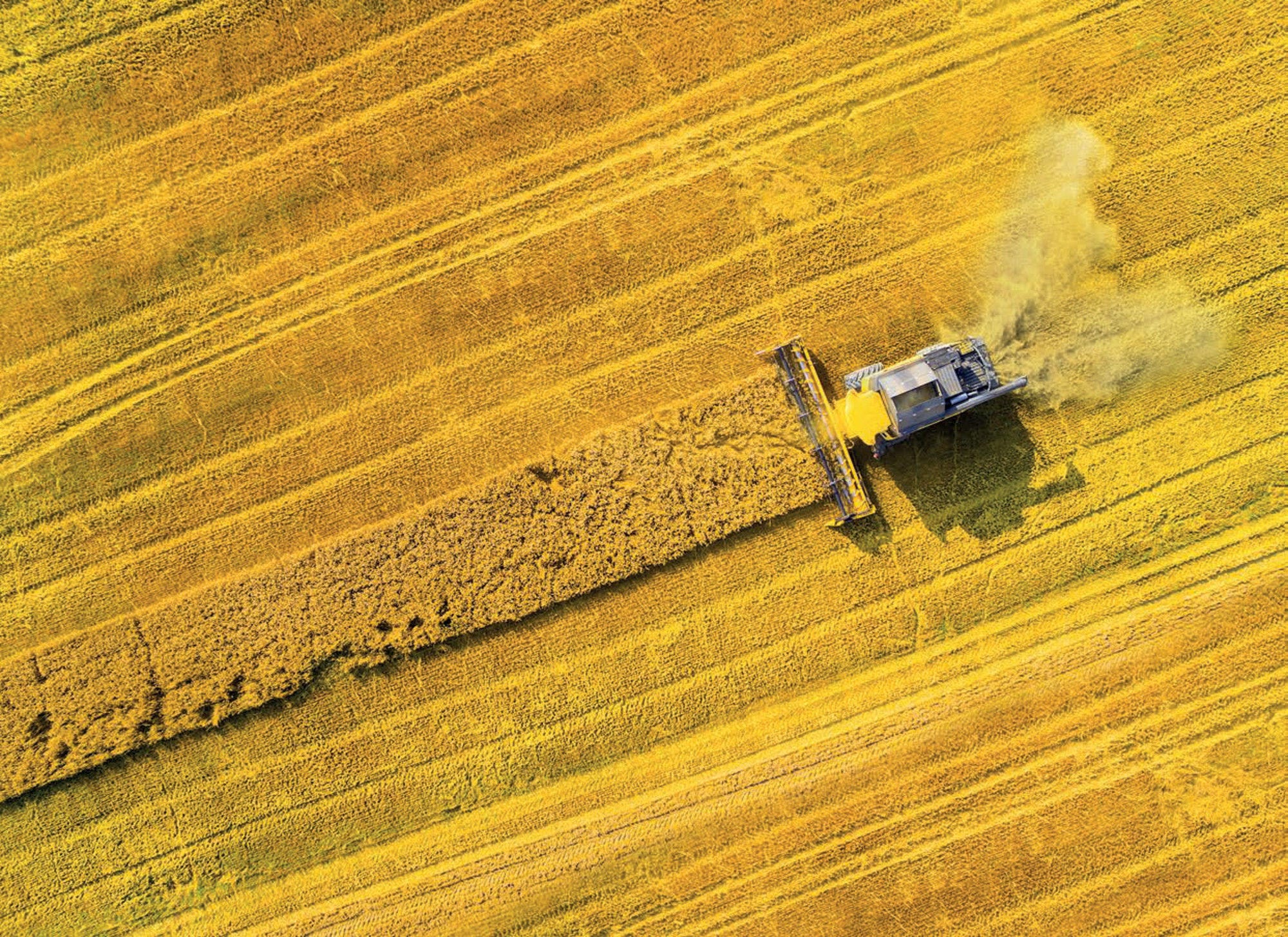Agriculture, with its growing contribution to global greenhouse gas emissions and opportunities to mitigate emissions, can help close the gap between existing global mitigation efforts and those that are needed to keep global warming to between 1.5 °C and 2 °C by the end of the century. Global scale and farm scale analyses are used to evaluate both the effectiveness of different policy options to reduce agricultural emissions, and the impact on competitiveness, farm income, food security, and government finances. In order to contribute to global mitigation efforts, countries will need to design agricultural policy measures that can navigate these trade-offs within the context of their national policy priorities and objectives. As most countries have not yet implemented policies to reduce emissions from agriculture, the analyses provided here come at an opportune time to inform this policy development.
Enhancing Climate Change Mitigation through Agriculture

Abstract
Executive Summary
Agriculture is one of the main sectors responsible for climate change. Between 2007 and 2016, the sector directly contributed approximately 12% of global anthropogenic greenhouse gas (GHG) emissions (6.2 ± 1.4 GtCO2eq), and was responsible for an additional 9% of global GHG emissions each year (4.9 ± 2.5 GtCO2eq) from changes in land use, i.e. the conversion of forestland to cropland and grassland.
The collective global effort to mitigate GHG emissions in the agricultural sector has been weak. A continued lack of progress could lead to direct and indirect emissions from agriculture, becoming the largest source of global emissions by mid-century as more rapid decarbonisation in other sectors is anticipated. With growing recognition about the importance of agricultural emissions, it is imperative to assess how alternative policies in the agricultural sector could contribute to ambitious global mitigation efforts and to build knowledge about their potential socio-economic impacts.
The present research assesses the potential of different policies and options to unlock the large mitigation potential of the agricultural sector, while quantifying the economic impacts of these policies on agricultural producers and food consumers. To perform these assessments, two global models and one farm-scale model are used, and the findings are discussed within the context of the existing literature on the global mitigation potential of the agricultural sector.
Given that climate change reflects a failure of markets, whereby emitters do not pay for damages to others, pricing all global GHG emissions according to the polluter-pays-principle is in principle the most economically efficient approach to limiting global warming. For the agricultural sector, the analysis shows that a global emission tax that prices carbon at USD 40-60 per tonne of equivalent carbon dioxide per year (tCO2eq1) could reduce annual non-CO2 emissions by about 0.85 gigatonnes of equivalent carbon dioxide (GtCO2eq) by 2030. The overall mitigation potential increases to 1.4 GtCO2eq once the induced conversion of agricultural land to forests is taken into account. However, despite their efficiency, the economic burden that such carbon pricing policies could place on some agricultural producers and consumers can make them politically difficult to introduce. Further, much of the mitigation from an emissions tax would be driven by the reallocation of production away from more towards less emission-intensive sectors and regions. While this lowers the overall emission intensity of agricultural production, it could cause a large decline in ruminant production in developing countries, raising concerns about food security among poor producers and consumers.
A limitation when carbon pricing policies are applied by a single country or small groups of countries stems from the fact that producers subject to such policies would lose their competitiveness relative to producers in countries where these policies are not applied. Hence, some of the reductions in agricultural emissions by countries that apply carbon pricing policies may “leak” in the form of higher emissions in countries that do not apply such policies. The present research suggests that about one-third of the mitigation resulting from a tax applied only to OECD country emissions would be leaked in other countries not applying such a tax.
Perhaps in response to these drawbacks, the few market-based mitigation policies that have been implemented involve paying farmers to mitigate emissions via either a subsidy or the creation of an offset market. While these policies largely avoid imposing costs on producers, inflating food prices, and creating emission leakages, they are less effective in lowering emissions than policies that apply the polluter-pays-principle, partly because they do not disincentive production. Mitigation is further limited if abatement payments support low emission practices, but do not support a switch of production to lower emission commodities. For these reasons, a globally applied abatement subsidy was found to be about half as effective at lowering agricultural emissions for the same carbon price. Furthermore, if payments to farmers are offered via a subsidy, the resulting increase in taxes could reduce economic welfare compared to polluter-pays policies. Although if such payments were funded by changing the focus of market distorting support payments to agriculture, they could improve economic welfare relative to the status quo.
Another important challenge given the large number and heterogeneity of farms is to better measure and verify mitigation efforts. Levying taxes on high emission inputs, instead of targeting emissions more directly, would be one option to meeting this challenge. This was, nevertheless, found to be far less effective and cost-effective than policies that targeted emissions more directly, even after considering their transaction cost savings. This is because taxes that target emissions can incentivise the deployment of all available mitigation measures, whereas taxes on inputs encourage only the reduction of emission intensive inputs.
Growing attention is also being given to the very large potential of demand-side mitigation options (0.7-8.6 GtCO2eq yr-1 by 2030), including measures that encourage consumers to shift to lower emission diets and reduce food waste. However, the potential of policies to achieve this is unknown and is likely to be much smaller than the more optimistic estimates cited in the literature, which typically ignore the costs associated with reducing food waste.
The agriculture sector can also potentially contribute to global GHG mitigation by supplying biofuels derived from food and feed to the transport sector. However, this is expected to play a minor role only in reducing such emissions due to constraints on the availability of feedstocks and policy settings that are unlikely to encourage further expansion at the expense of food production. Consideration of the effects of land use change would likely further lower this minor potential.
The importance of sending clear and consistent policy signals to the agricultural sector cannot be overstated as the high levels of support to agriculture in many countries are likely to counteract the effectiveness of mitigation policies in many instances, raising concerns with regard to policy coherence. Clear signals are also necessary to allow farmers to make investment decisions that can facilitate the transition to low carbon agriculture, particularly in farming systems with high fixed investment costs.







